10 Things I Stopped Buying When I Got Real About Money

The journey to financial responsibility often starts with the realization that money doesn’t buy happiness—it buys choices. When I decided to get serious about my finances, I began to scrutinize every purchase, questioning its true value and impact on my life. This introspection led me to stop spending on certain items that seemed essential but ultimately drained my wallet more than they enriched my life. By eliminating these expenditures, I discovered a new level of financial freedom and peace, choosing mindfulness over materialism. Here are the ten things I stopped buying when I got real about money, each contributing to a more intentional lifestyle.
1. Trendy Fast Fashion
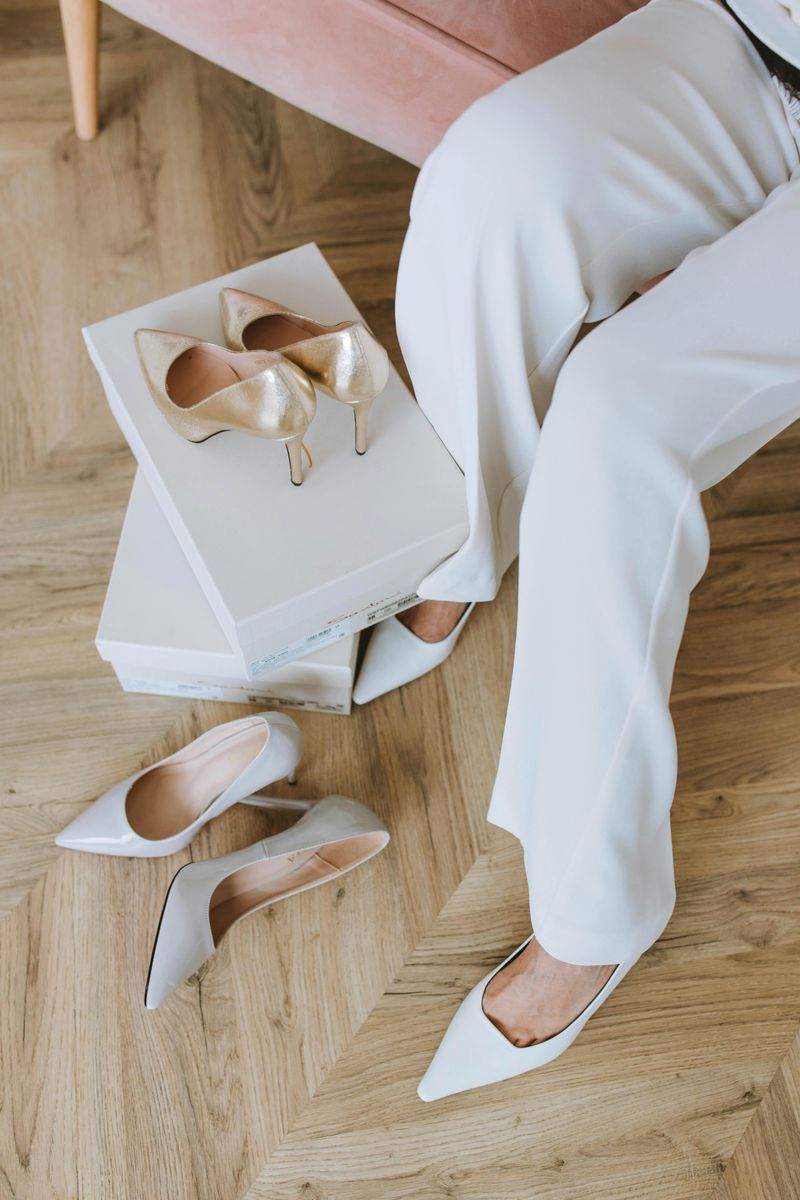
Every wardrobe tells a story, and mine was narrating one of excess and fleeting trends. Impulse-buying fast fashion items, which seemed cost-effective at first, eventually revealed themselves as costly mistakes. The low-quality fabric wore out quickly, leading me to repeatedly purchase replacements.
Investing in fewer, high-quality pieces transformed my relationship with fashion. Now, my closet is a curated collection that endures time and trend changes. This shift not only saved money but also reduced decision fatigue in my daily dressing routine. It taught me that style is about timelessness, not trendiness.
2. Expensive Coffee Shop Drinks
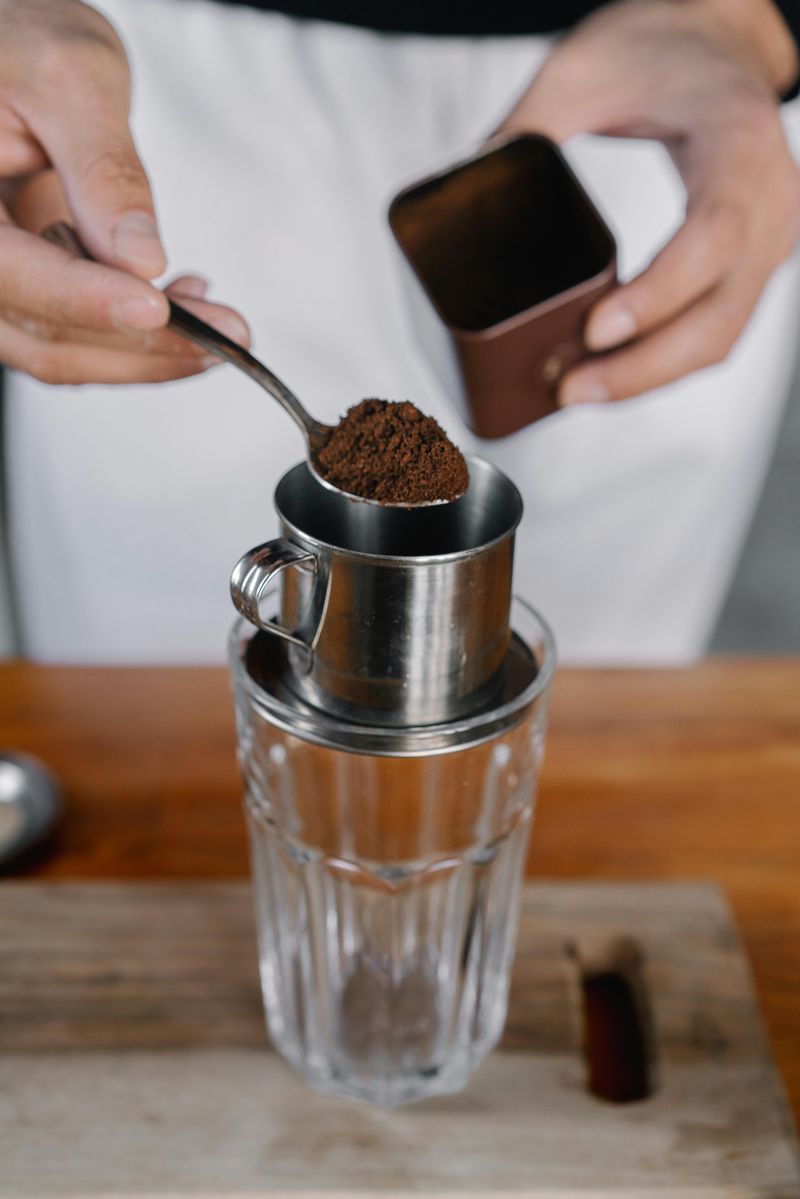
A comforting aroma of freshly brewed coffee now fills my mornings, replacing the once habitual and costly coffee shop visits. Daily lattes were a luxury that stealthily drained my finances—each cup contributing to a monthly expense I couldn’t justify.
By brewing at home, I crafted not only delicious coffee but also a mindful spending habit. This simple change encouraged me to appreciate the ritual over convenience, discovering joy in the process rather than the purchase. The savings accumulated swiftly, proving that small adjustments lead to significant financial health.
3. Overly Branded Goods
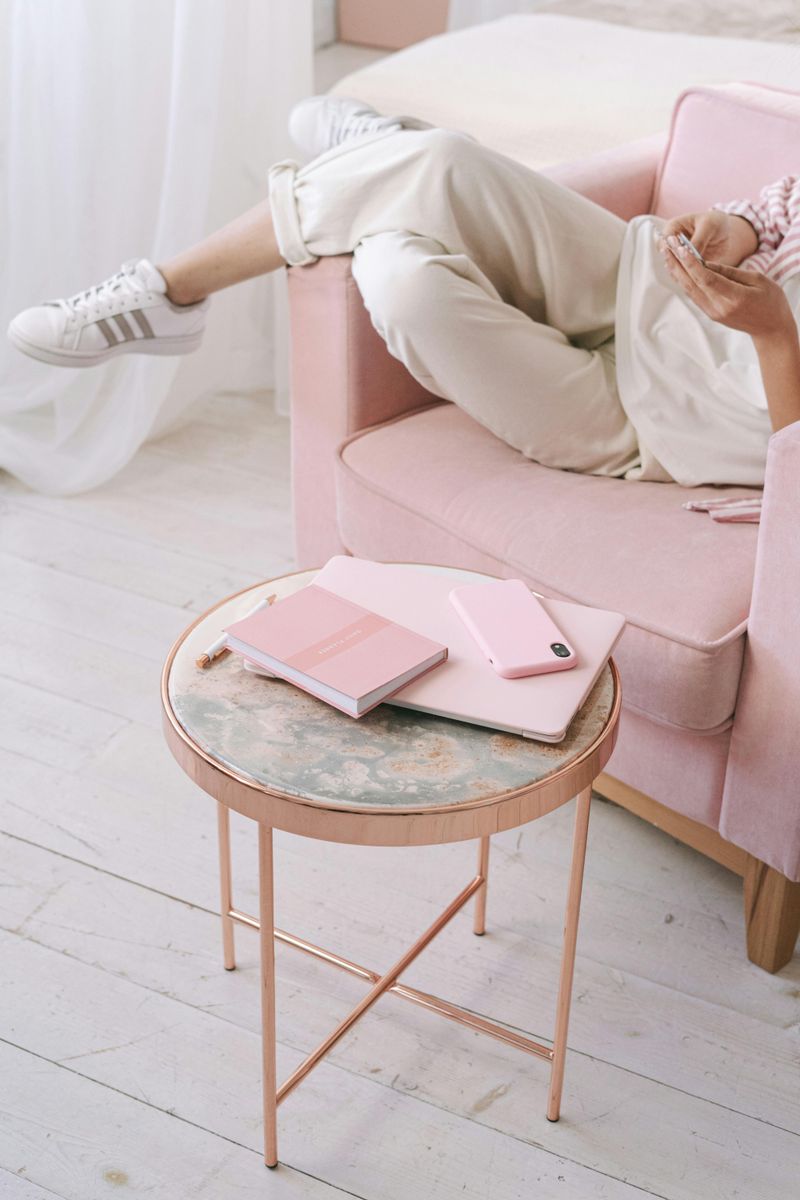
Logos and brands once dictated my shopping choices, under the illusion of status and identity. I learned that these logo-heavy items often carried hefty price tags without providing real value or longevity.
Shifting towards non-branded, quality items revealed the superficial nature of my previous purchases. The freedom from brand loyalty allowed me to explore unique, personal styles without the designer price. This realization was a turning point, emphasizing substance over style, leading to a wardrobe and lifestyle that genuinely reflected my values.
4. Subscription Boxes
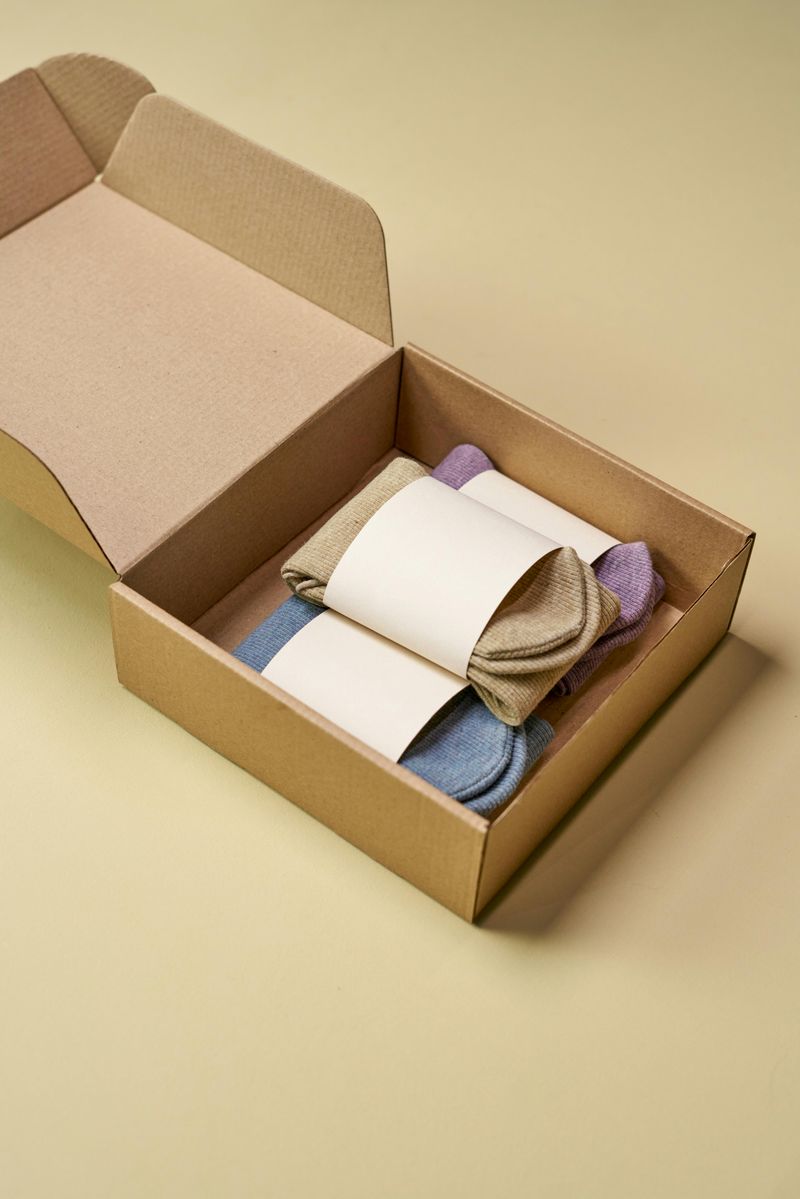
The arrival of subscription boxes was once a thrill, a monthly gift of surprise. However, they quickly morphed into clutter, filled with items that added little to my life. Most products were things I wouldn’t have purchased myself, making them redundant.
Canceling these subscriptions cut unnecessary spending and decluttered my space. It was a step towards intentional living, valuing quality over quantity. I realized real joy comes from purposeful purchases, not curated surprises. This decision not only saved money but also aligned with a more minimalist lifestyle.
5. Trendy Tech Upgrades

The allure of the latest gadgets was hard to resist, each upgrade promising enhanced features and prestige. Yet, the older models were still functional, serving my needs without any hiccups.
I realized these upgrades were fueled by marketing, not necessity. By resisting the urge to upgrade annually, I embraced technology’s true purpose: utility. This mindset shift curbed unnecessary spending and emphasized functionality over form. Embracing what I already owned fostered a deeper appreciation for technology’s role in my life, rather than its novelty.
6. Fancy Home Décor Trinkets
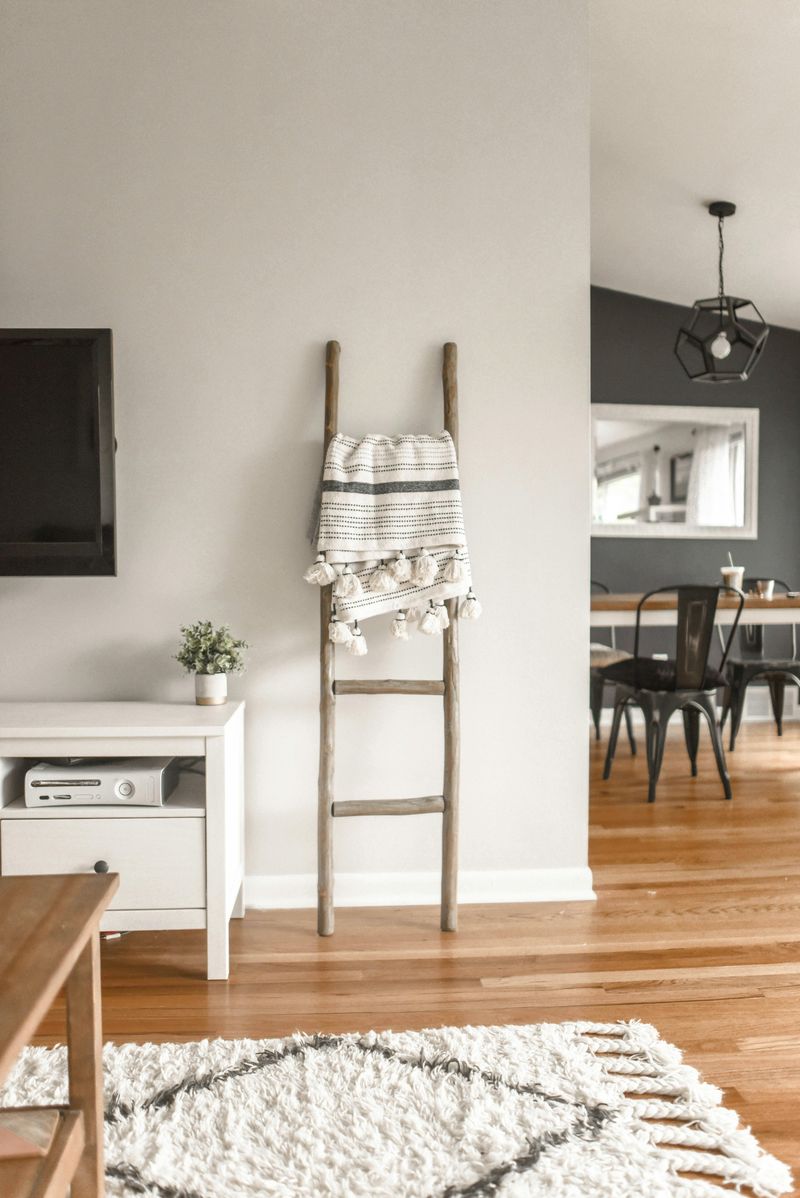
The pursuit of a ‘Pinterest-perfect’ home drove me to collect countless trinkets, each one promising to elevate my space’s aesthetics. However, they accumulated into a visual chaos, diminishing the serenity of my home.
By opting for simplicity over intricacy, I found that a decluttered space nurtures a calm mind. Choosing meaningful décor over trendy pieces not only saved money but also aligned my living space with my personal style and comfort. This journey towards minimalism was both liberating and cost-effective, transforming my home into a sanctuary.
7. Gym Memberships I Didn’t Use
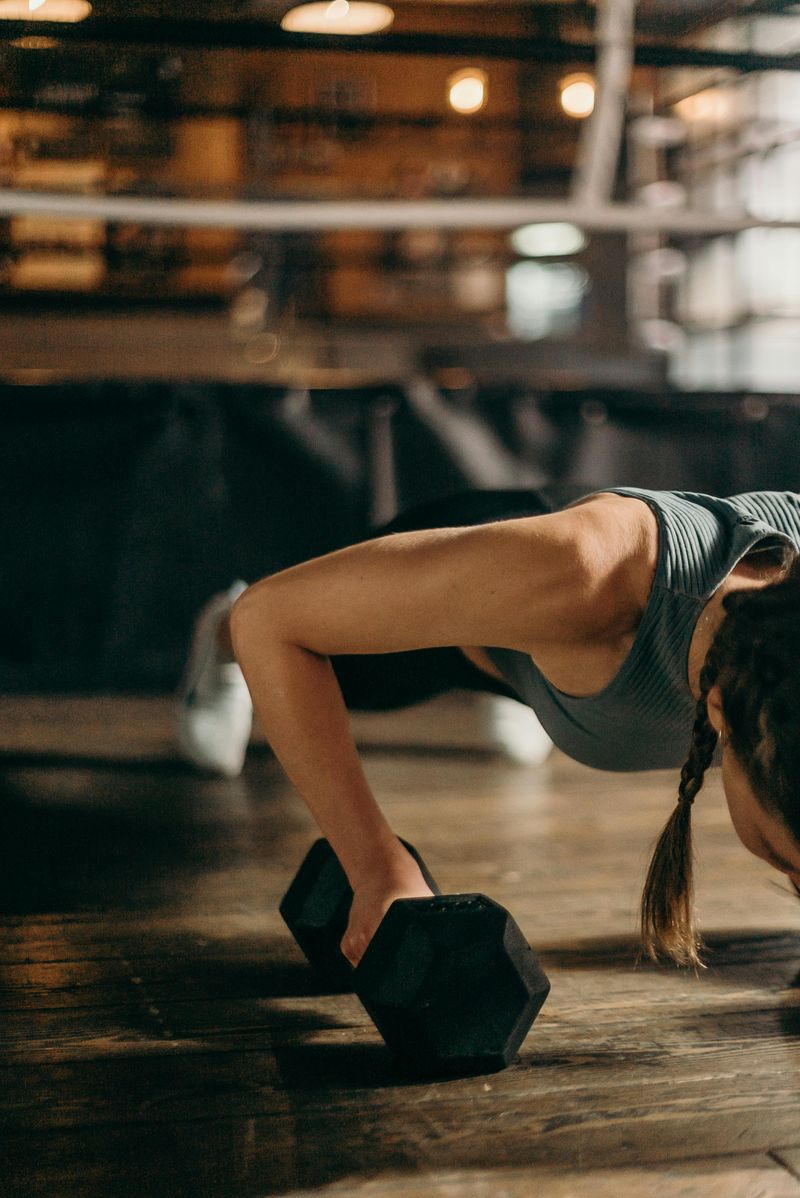
The idea of a gym membership was enticing, a promise of health and fitness. Yet, it became more of a financial burden than a benefit, as visits dwindled over time. Paying for the ‘idea’ of health was far from the reality of achieving it.
I discovered free or low-cost alternatives, like outdoor runs and home workouts, that fit my lifestyle better. This change not only saved money but also fostered a genuine commitment to physical health. True fitness, I learned, doesn’t require a membership card but dedication and consistency.
8. Excessive Skincare Products
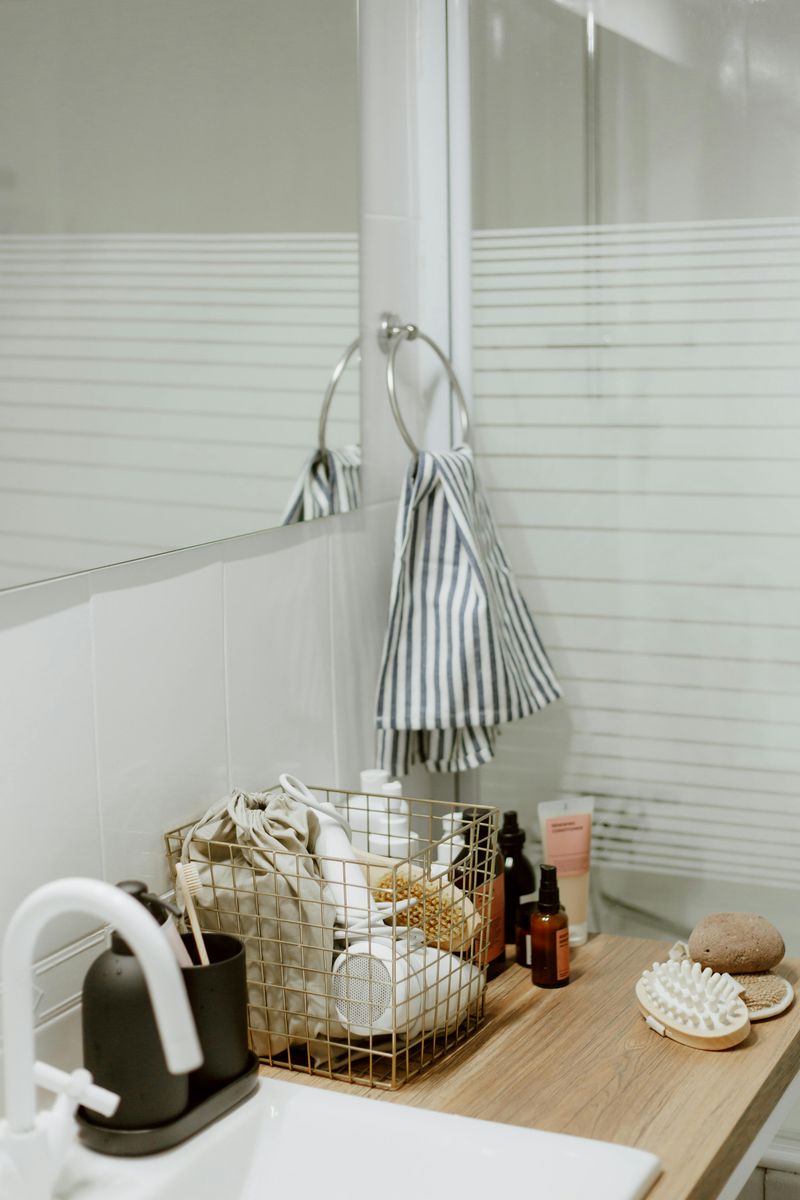
My skincare routine was once a complicated ritual of serums and creams, promising flawless skin. Yet, their collective impact was negligible, and the expense was substantial.
By simplifying to a basic, consistent routine, I saw genuine improvement in my skin’s health. This minimalistic approach highlighted the importance of quality over quantity, reducing both clutter and costs. Embracing simplicity revealed that skincare is about understanding what works for my skin, not chasing every new trend. This conscious decision was as refreshing as it was economical.
9. Seasonal Holiday Splurges
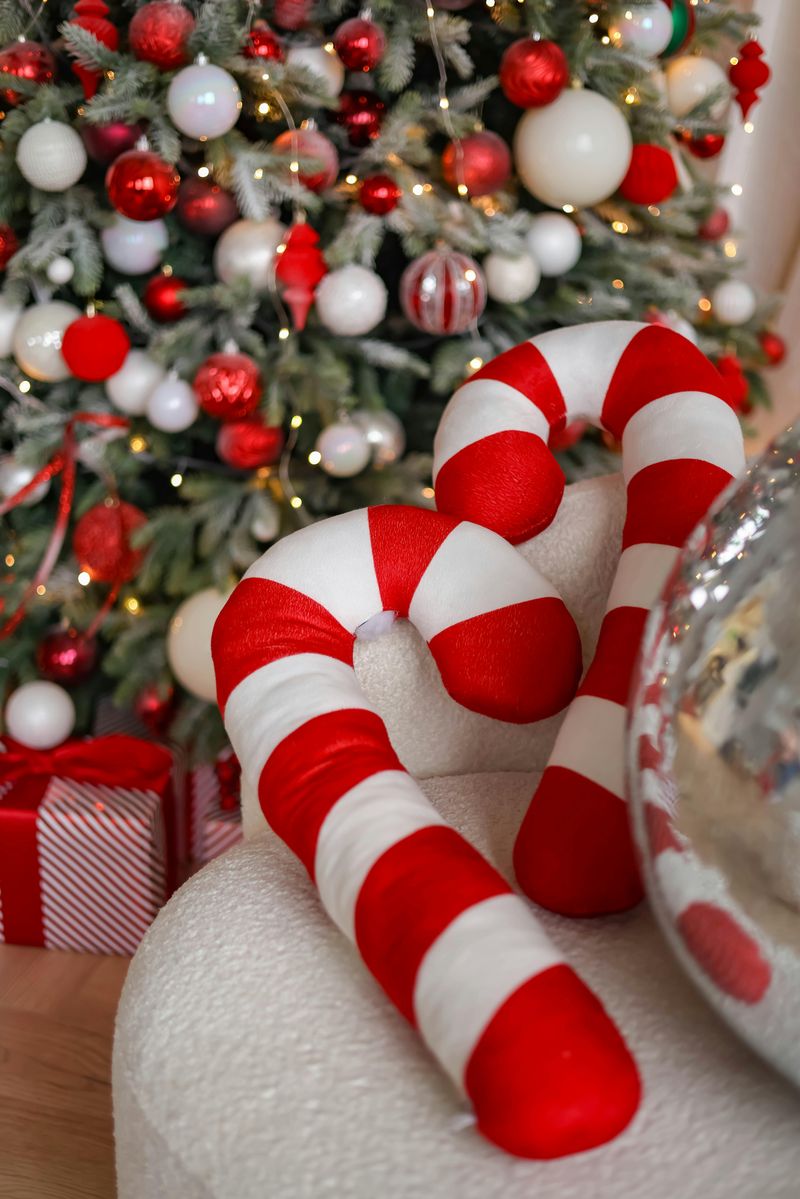
The allure of holiday-themed decorations and outfits promised festive joy but often led to fleeting satisfaction. Each season brought new ‘must-haves’ that quickly became outdated.
I found that focusing on simple, timeless decorations brought more lasting joy and savings. Creating personal traditions and memories became the highlight of each celebration, not the décor. This shift from material to meaningful turned holidays into cherished times, without the financial strain. It was a liberating realization that the spirit of celebration doesn’t require extravagant spending.
10. “Just-in-Case” Kitchen Gadgets
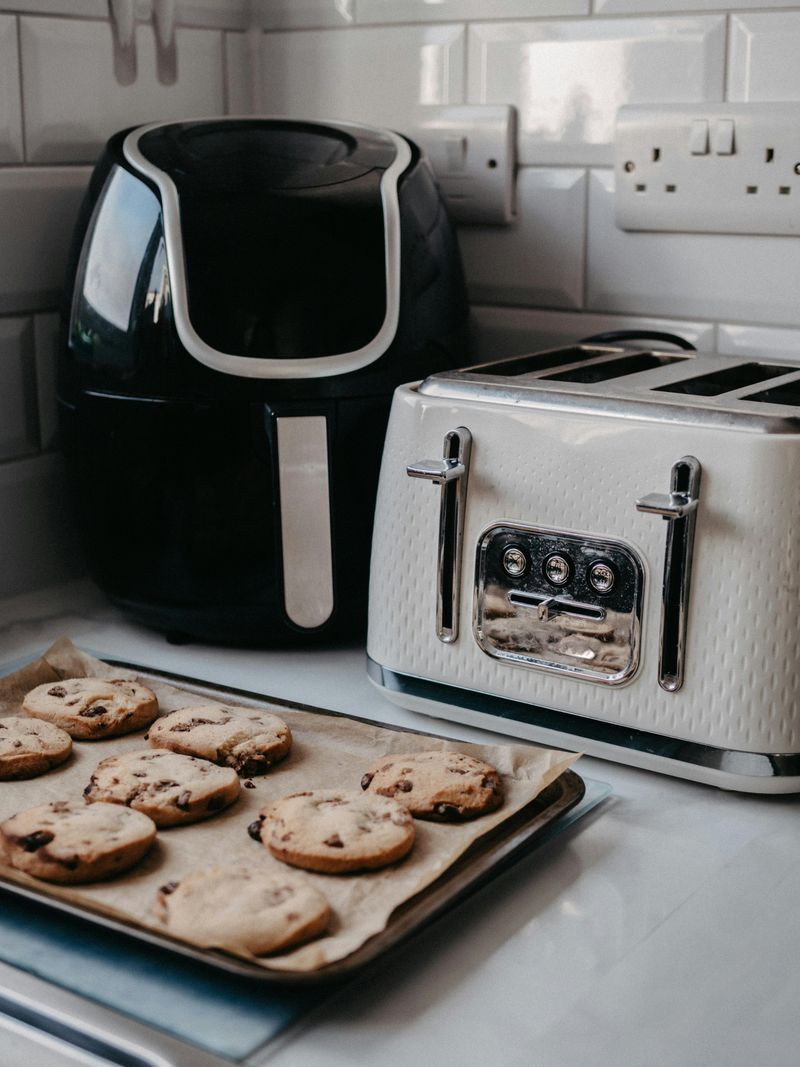
The kitchen, once a haven of culinary exploration, became cluttered with gadgets purchased for ‘just-in-case’ scenarios. These single-use tools rarely saw the light of day, taking up space and money.
By focusing on multipurpose tools, I discovered a newfound efficiency in cooking and storage. This change not only decluttered my kitchen but also simplified meal preparation. It was a shift towards smarter, more intentional living, proving that less can indeed be more. Embracing versatility in the kitchen mirrored a broader lifestyle change, prioritizing practicality over excess.

Comments
Loading…